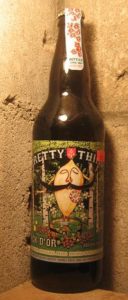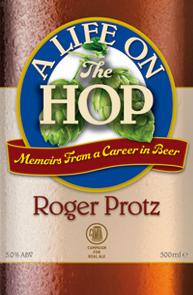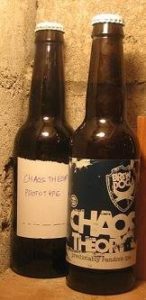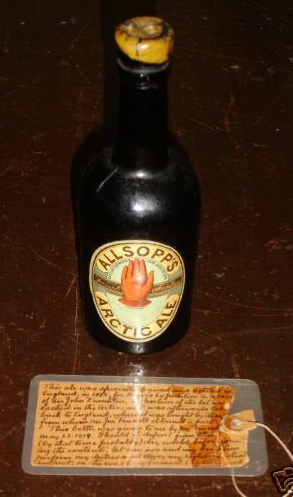Martyn, the wise Zythophile, made an observation yesterday that includes a per-supposition that I am not sure has been explored:
It’s not said often enough in this argument: we drink because we enjoy it, and the overall happiness that brings to society, I would suggest, vastly outweighs any disbenefits.
Because I do not know who “we” are in this sentence, I do not know if I agree wholeheartedly or disagree completely. If “we” are all drinkers, I cannot accept this at all. I have known people who died because of drunk driving and, way back in high school 30 years ago, escaped being smoked on the highway myself likely more than once when the driver in the car had had as much as the rest of us. The fact that society as a whole has a good time on Friday night does not comfort me when I think of the six kids, including a client of mine, who died back in the mid-90s when two cars hit each other on a rural Ontario road in the night. But if the word “we” means those who do not cause harm or commit crimes, who do not anesthetize ourselves to erase or excuse behavior – who do not misuse but rather use for the convivial pleasures the good beer brings – well, I can see that perhaps but only if that distinction and speaking about that distinction is part of the culture of good beer and a core principle of the passion for good beer.
I know many beer writers enjoy their connections with the great people who brew the beer beer and I am sure the experience is rich and rewarding. Due to my location it really isn’t possible except in a small way. We simply do not have a thriving local brewing scene within a few hours drive from here, though there are glowing lights in the darkness. But we do have people who sell the beer beer whether in the hospitality trade or in retail. And they are liable for over serving and have to decide whether to sell to the inebriated and the long term alcoholic. For the most part, they take the question seriously. They do so knowing the marketplace includes reputation in the community, the “we” of the community.
The risk-reward analogy to mountain climbing or sky diving or bungee jumping is not apt. While it is true – even without the steroid issue – that elite athletes burn the candle faster trading off bad joints for glory now, for the most part the bystanders in the lives of athletes are not affected by these sorts of risks. The participants consent. The risks inherent with alcohol are not all consensual. So, while it is true that we can describe moderate use of good beer a health food, its healthiness is defined by that moderation and the context of increased concern for safety necessitated by the increased risks associated with alcohol and the realization that it is not inherently or universally healthy.
We should take an interest in ourselves whatever we do – increasing the benefits and reducing the harm. If we are thinking about good beer we should also take an interesting in increasing and sharing the benefits while reducing easily identifiable harm – including those harms short of full bore alcoholism. When I think about this blog writing and the thousand of you who I am told read my posts every day I sometime wonder if I have encouraged anyone into a habit that is harmful rather than convivial. I am not satisfied to think of the statistics, that “on average” I may have helped in my small way to highlight the benefits of good beer, that more of you have taken pleasure from my explorations if some few have gone the other way. You are the “we” as well as those around you. And, like the good shopkeeper, “we” need to be aware of that context and advocate for healthy and safe enjoyment as much as we advocate for broader interest in great, tasty, healthy, local or exotic, exciting good beer.










